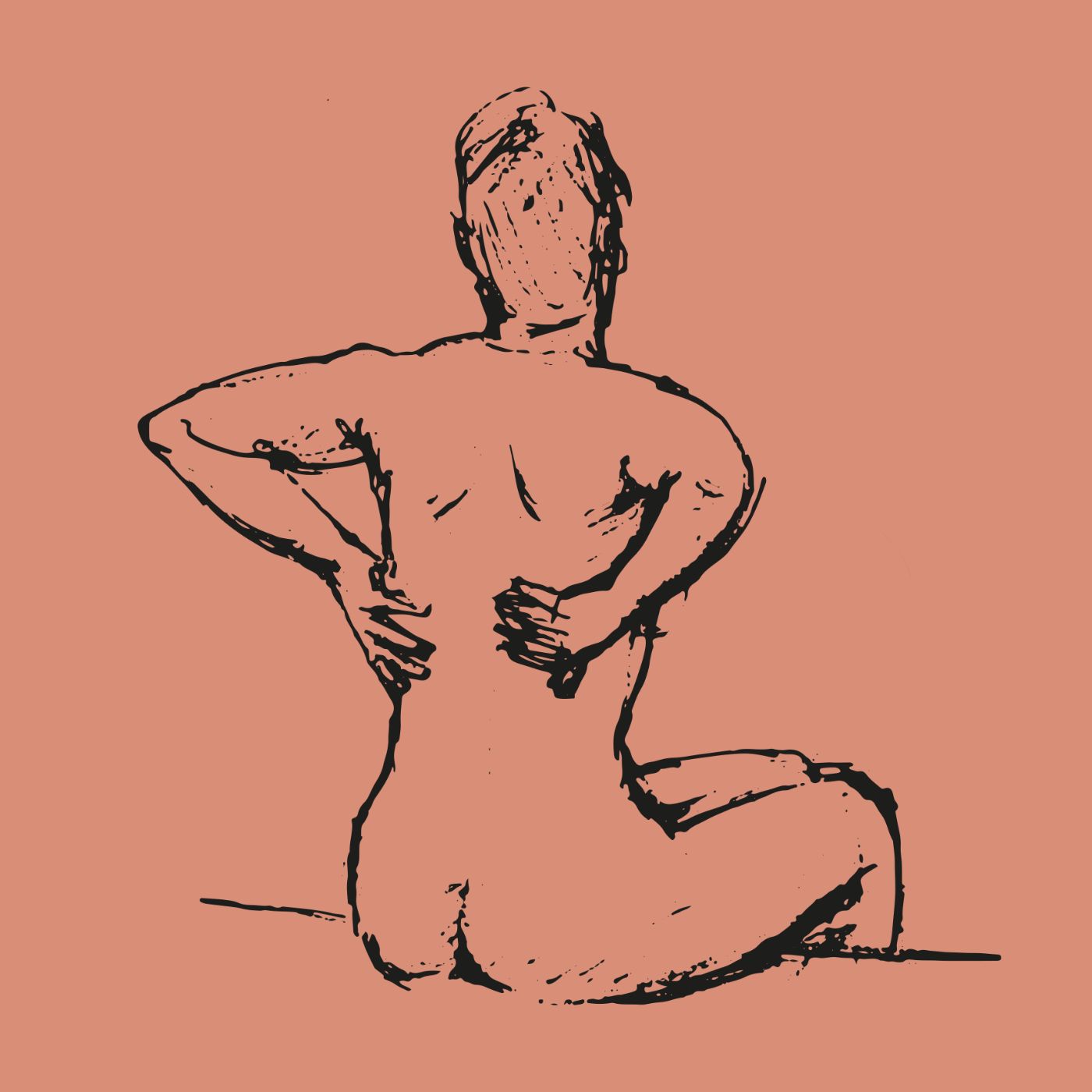Table of Contents
Table of Content

The quality of your sleep doesn't just depend on what happens after your head hits the pillow. What you do in the ninety minutes before bedtime sets the stage for either restorative rest or a restless night.
Modern life fills our evenings with stimulating activities that work directly against our body's natural sleep preparation process, but understanding the science of sleep can help us reclaim our nights.
Why Your Pre-Sleep Hour Matters
Your brain doesn't have an on-off switch for sleep. Instead, it requires a gradual transition from the alertness of day to the restorative state of night. When you scroll through social media or respond to work emails late in the evening, you're flooding your system with blue light and mental stimulation that triggers stress hormones like cortisol. These hormones actively suppress melatonin production - your body's natural sleep signal - and can keep your nervous system in a state of arousal for hours.
Research consistently shows that our pre-sleep behaviours have a profound impact on both how quickly we fall asleep and the quality of sleep we experience throughout the night. The good news? Simple, evidence-based changes to your bedtime routine can create dramatic improvements in your sleep.
1. The 90-Minute Wind-Down Rule
The Science: Sleep researchers at Oxford University's Sleep & Circadian Neuroscience Institute have identified that beginning your wind-down routine 90 minutes before your intended bedtime significantly improves both sleep onset and sleep quality. This timing aligns with your body's natural circadian rhythm and allows sufficient time for your nervous system to shift from the sympathetic (alert) to parasympathetic (rest) state.
Dr. Bryony Sheaves and Professor Colin Espie, leading sleep researchers at Oxford, emphasise that this wind-down period should involve "doing something relaxing and enjoyable" while avoiding activities that create mental links between wakefulness and your sleeping environment.
How to Apply This: Set an evening alarm 90 minutes before your target bedtime. When it sounds, begin transitioning away from work, intense conversations, and stimulating content. This is your signal to start moving towards calmer activities.
What This Looks Like in Practice:
-
Dim the lights throughout your home
-
Switch from work-related tasks to leisure reading
-
Put devices in another room or switch them to night mode
-
Begin any gentle stretching or relaxation exercises
-
Engage in quiet conversation rather than problem-solving discussions
- This is also the perfect time to apply a Sleep Time Patch
2. Temperature Drop Technique: Working With Your Biology

The Science: Your body's core temperature naturally drops 1-2 degrees Centigrade as part of the sleep initiation process. This temperature decline signals to your brain that it's time for sleep by triggering the release of melatonin. Sleep researchers have discovered that deliberately creating a larger temperature differential can accelerate this natural process.
The warming effect of a bath or shower followed by the subsequent cooling creates a more pronounced temperature drop than your body would experience naturally, effectively enhancing your biological sleep signal.
How to Apply This: Take a warm bath or shower approximately 60-90 minutes before bedtime. The key is in the timing - you want to be fully cooled down by the time you get into bed.
Optimising the Technique:
-
Water temperature should be comfortably warm, not hot (around 40-42°C for a bath)
-
Spend 10-15 minutes in the warm water
-
Allow yourself to air dry partially or use a towel at room temperature
-
Keep your bedroom slightly cool (18-20°C / 65-68°F) to enhance the cooling effect
-
Consider adding KLORIS Soothing CBD & Magnesium Bath Salts for additional relaxation benefits
3. Consistency: Your Most Powerful Sleep Tool
The Science: Consistency in sleep timing works by strengthening your circadian rhythm - your body's internal 24-hour clock. This biological system thrives on predictability and uses environmental cues to regulate not just sleep, but also hormone production, body temperature, and cellular repair processes.
Research from the Center for Human Sleep Science shows that maintaining consistent sleep and wake times, even on weekends, helps maintain what scientists call "sleep pressure" - the natural accumulation of sleepiness that builds throughout the day.
How to Apply This: Choose a bedtime and wake time that allows for 7-9 hours of sleep and stick to it within 30 minutes, seven days a week. Yes, this includes weekends.
Building Your Consistency:
-
Start by identifying your ideal wake time based on your morning commitments
-
Count backwards 8 hours to find your target bedtime
-
Use the same bedtime routine sequence every night to create behavioural cues
-
If you need to shift your schedule, do it gradually (15-30 minutes per night)
-
Prioritise your wake time - this anchors your entire circadian rhythm
Managing Weekend Temptation: If you've been sleep-deprived during the week, resist the urge to sleep in extensively. Instead, go to bed earlier the following night to catch up on lost sleep without disrupting your rhythm.
4. Natural Support: Training Your Body's Sleep Response
The Science: Certain natural compounds can support your body's existing sleep mechanisms when used consistently as part of a bedtime routine. The key is creating a conditioned response - where your body learns to associate specific cues with sleep preparation.
Research demonstrates that consistent application of natural sleep support products can help establish what sleep scientists call "sleep hygiene cues" - environmental and behavioural signals that help trigger your body's natural sleep processes.
How to Apply This: Apply a KLORIS Sleep Time Patch 30-90 minutes before your target bedtime, at the same time each night. The consistency is crucial for developing the association between the application and sleep preparation.
Creating the Full Routine:
-
Apply your sleep patch at the same time each evening
-
Use this moment as a mental cue that your wind-down time has begun
-
Combine with other consistent bedtime rituals for maximum effect
-
Track your sleep quality to identify what timing works best for your body
-
Allow 2-3 weeks for your body to fully adapt to the routine
5. Gratitude Practice: Calming the Racing Mind

The Science: A 2024 study published in the Journal of Positive Psychology found that people who practiced gratitude regularly showed improved sleep quality and reduced sleep onset time. The research reveals that gratitude practices work by shifting your nervous system away from the stress and problem-solving mindset that often keeps us awake.
The act of focusing on positive experiences activates the parasympathetic nervous system and reduces cortisol levels - creating the ideal internal environment for sleep. Additionally, gratitude practice helps quiet the "cognitive arousal" that many people experience when their head hits the pillow.
How to Apply This: Just before turning out the lights, write down three specific things you're grateful for from that day. The specificity is important - rather than "family," write "the way my partner laughed at dinner" or "how my child helped with the dishes without being asked."
Making It Effective:
-
Keep a dedicated sleep journal by your bed
-
Focus on specific moments rather than general categories
-
Include why you're grateful for each item
-
Vary your gratitude subjects (people, experiences, simple pleasures)
-
If writing feels difficult, try mentally savouring three positive moments from your day
When Your Mind Races: If you find yourself lying awake with an active mind, you can extend this practice. Instead of fighting racing thoughts, gently redirect your attention to recalling positive moments from recent days, focusing on the sensory details of these experiences.
Bringing It All Together
These five rituals work synergistically - each one supports and enhances the others. The 90-minute wind-down creates the time and space for the other practices. The temperature drop technique provides a biological sleep signal. Consistency strengthens all of these effects over time. Natural support and gratitude practice address both the physical and mental aspects of sleep preparation.
Start by implementing one or two of these practices rather than attempting all five at once. Sleep improvements often become noticeable within a week, but allow 3-4 weeks for your body to fully adapt to new routines.
Remember, good sleep isn't a luxury - it's a foundation for physical health, mental clarity, and emotional resilience. By working with your body's natural processes rather than against them, these science-backed practices can help you reclaim your nights and transform your days.
The Bottom Line: Quality sleep starts long before you lie down. By creating consistent, calming pre-sleep rituals based on sleep science, you're not just improving your nights - you're investing in better health, sharper thinking, and greater well-being overall.





